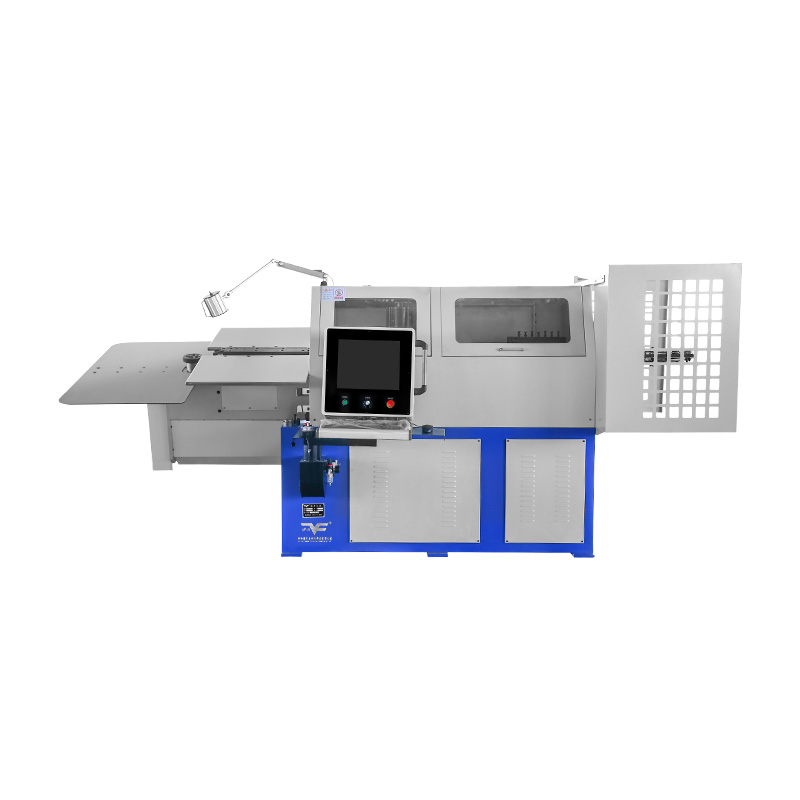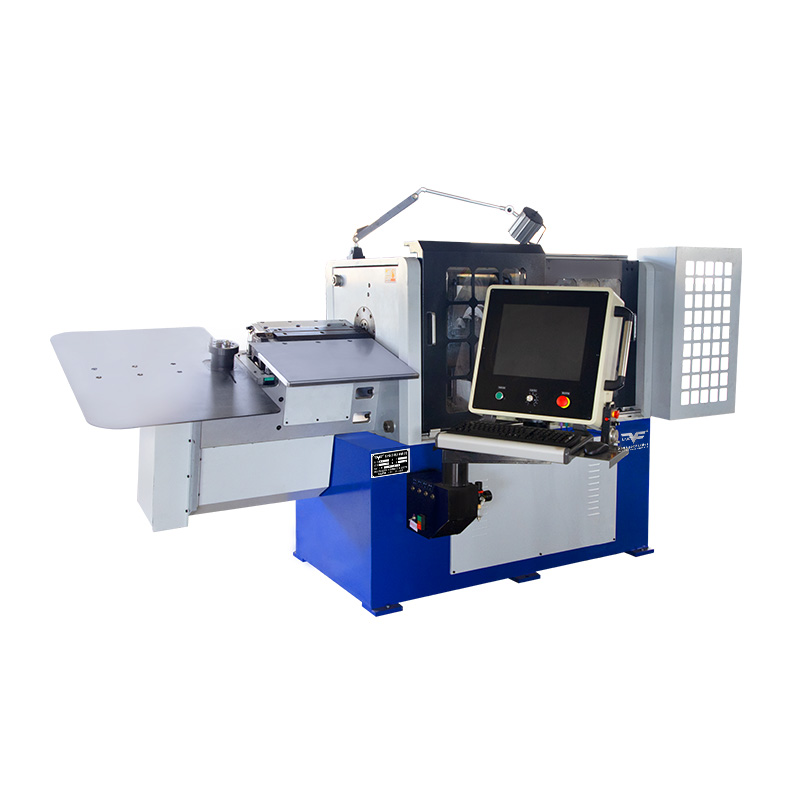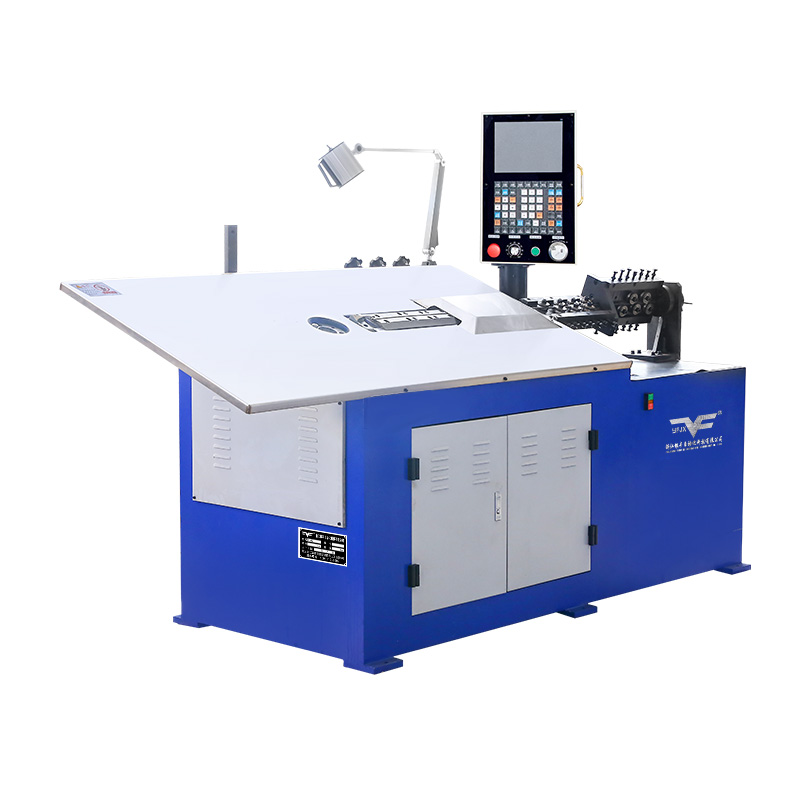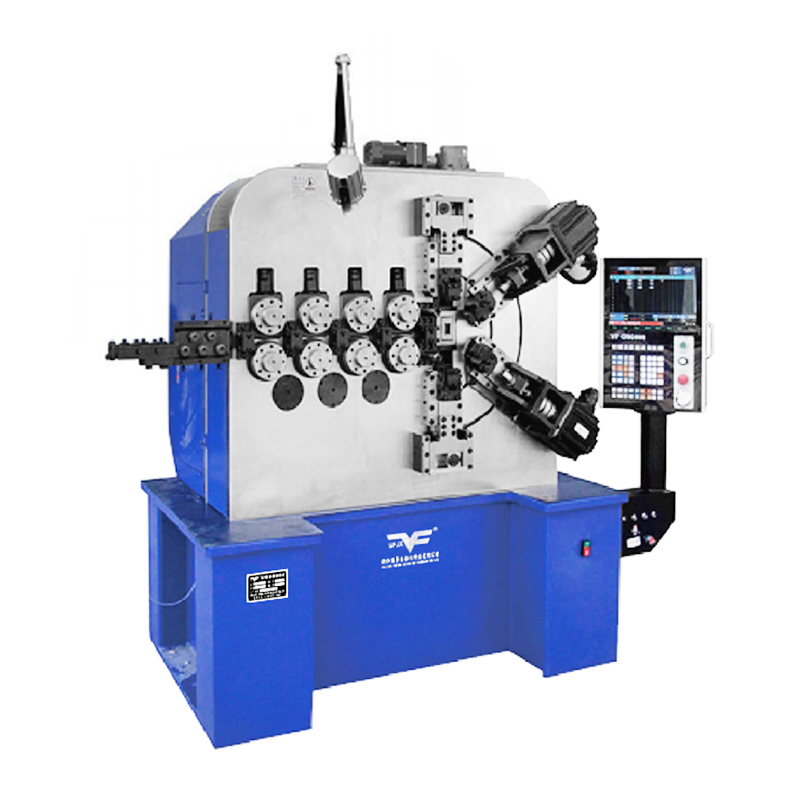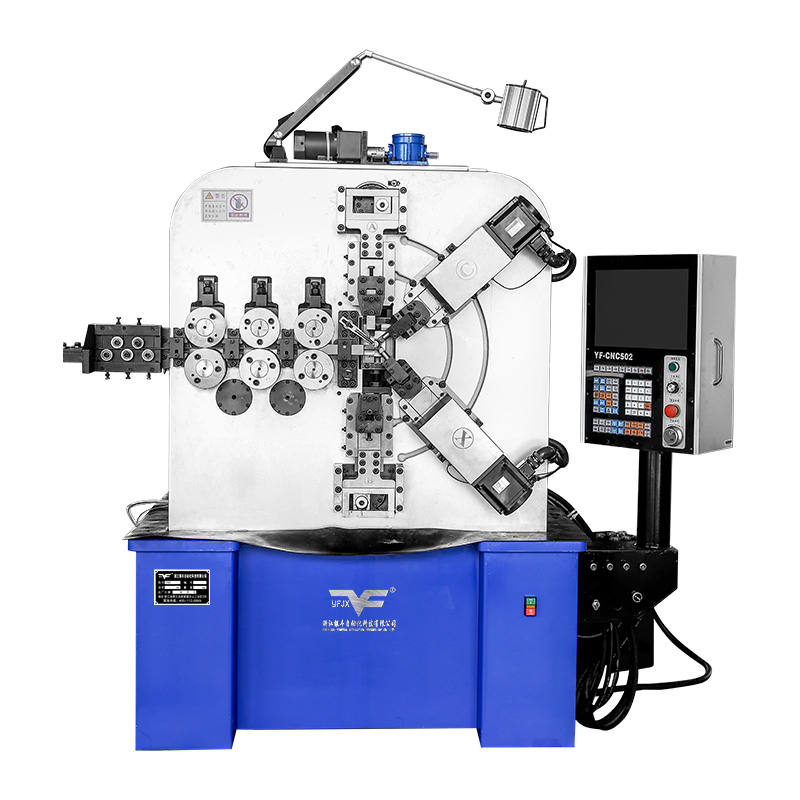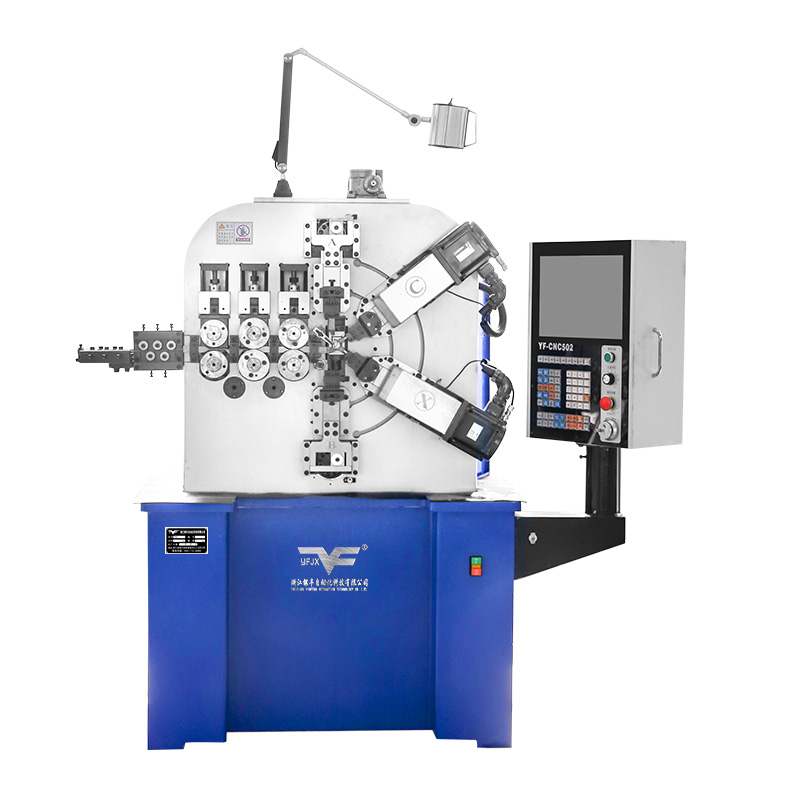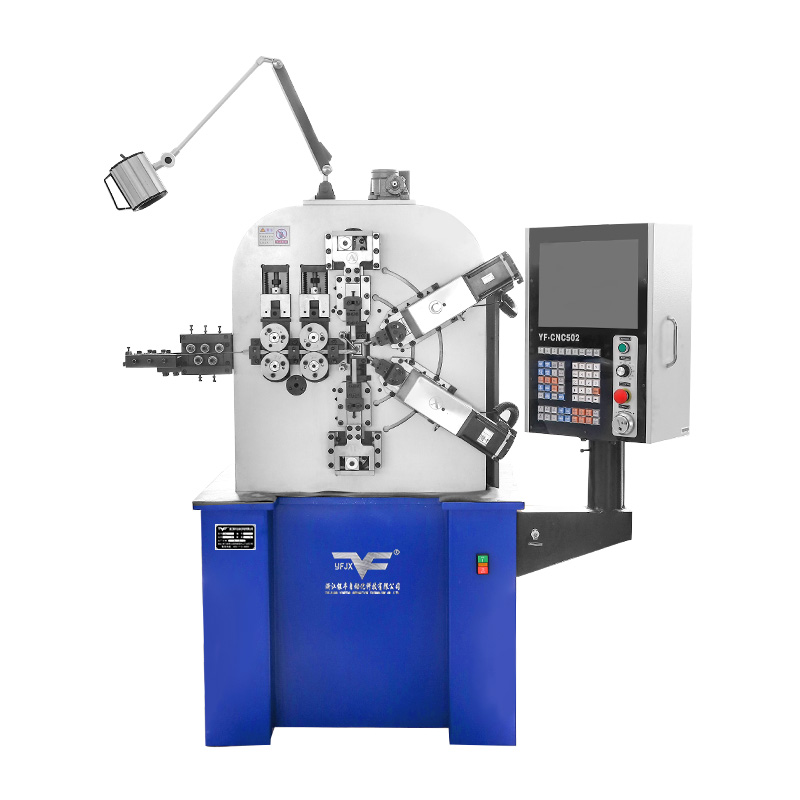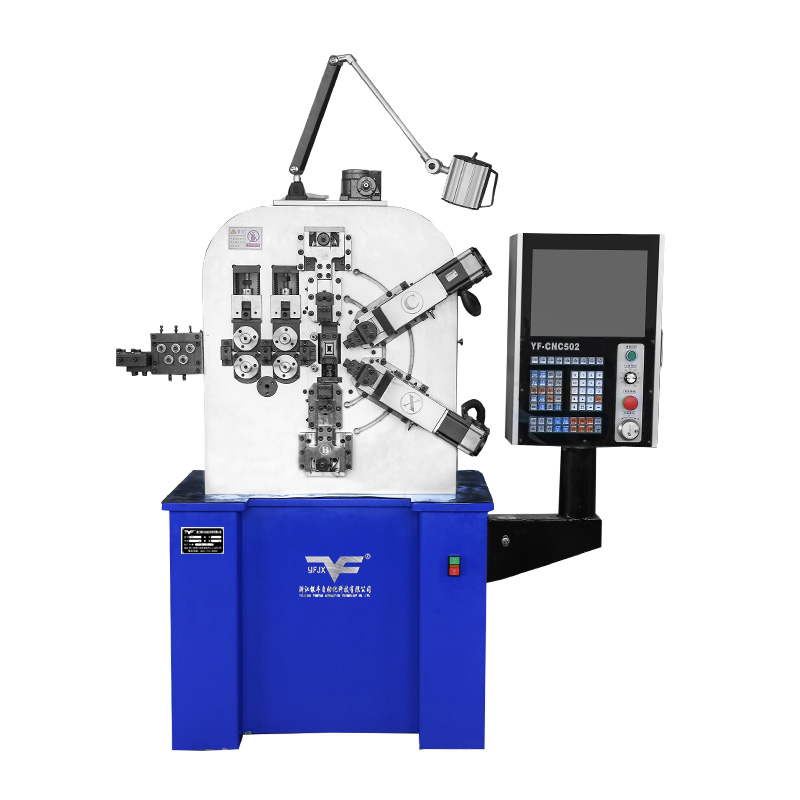What Are the Common Challenges in Operating Shutter Spring Machines and How to Overcome Them?
Industry News-The operation of shutter spring machines is a specialized skill that demands precision and expertise. These machines are the backbone of the rolling shutter spring making process, and their efficient functioning is crucial for the production of high-quality shutter springs. However, operators often face a variety of challenges that can impede productivity and affect the final product's quality.
The complexity of shutter spring machines lies in their intricate design and the precision required for their operation. A common challenge is the initial setup of the rolling shutter spring machine, which involves calibrating the machine to the specific dimensions and tension requirements of the springs being produced. Misalignment or incorrect settings can cause faulty springs, wasted material, and increased production time.
One of the primary solutions to overcome the challenges associated with shutter spring machines is through comprehensive training and skill development. Operators must be well-versed with the machine's components, including the rolling shutter spring making mechanism, tension control systems, and coiling apparatus. Regular training sessions and workshops can help operators stay updated with the latest advancements in shutter spring machine technology and improve their troubleshooting skills.
Another common challenge is the consistent maintenance and calibration of shutter spring machines. Over time, the machine's components can wear out or become misaligned, affecting the spring's quality. Regular maintenance checks and calibrations are essential to ensure the machine operates at peak efficiency. This includes inspecting the machine for any signs of wear, replacing worn-out parts, and recalibrating the machine to maintain the desired spring tension and dimensions.
Ensuring the quality of the springs produced by the shutter spring machine is another critical aspect. Defects in the springs can cause product recalls and damage the manufacturer's reputation. Implementing a robust quality control process, which includes regular inspections of the springs for any inconsistencies or defects, can help identify and rectify issues early on.
The material used for making shutter springs can also pose a challenge. Different materials have varying properties, and the machine must be adjusted accordingly to accommodate these differences. Understanding the material's characteristics and making the necessary adjustments to the rolling shutter spring machine settings can help produce consistent and high-quality springs.
As technology advances, integrating automation and digital solutions into shutter spring machines can help overcome many operational challenges. Automated systems can reduce human error, improve precision, and increase production efficiency. Investing in advanced shutter spring machines with built-in automation features can streamline the production process and minimize common operational issues.
A well-coordinated supply chain is essential for the smooth operation of shutter spring machines. Delays in the delivery of raw materials or components can disrupt the production process. Establishing strong relationships with suppliers and implementing efficient inventory management systems can help ensure a steady flow of materials and reduce production downtime.
The spirit of innovation and continuous improvement is vital in overcoming the challenges associated with shutter spring machines. Manufacturers should be open to exploring new materials, techniques, and technologies that can enhance the performance of their machines and the quality of their springs. Staying ahead of industry trends and being proactive in adopting new solutions can give a competitive edge in the market.
Operating shutter spring machines effectively requires a combination of skilled operators, well-maintained machinery, stringent quality control measures, and a commitment to innovation. By addressing these common challenges and implementing the suggested solutions, manufacturers can enhance the efficiency and output of their rolling shutter spring making machines, ensuring the production of high-quality shutter springs that meet the diverse needs of various industries.

 English
English русский
русский Español
Español 简体中文
简体中文